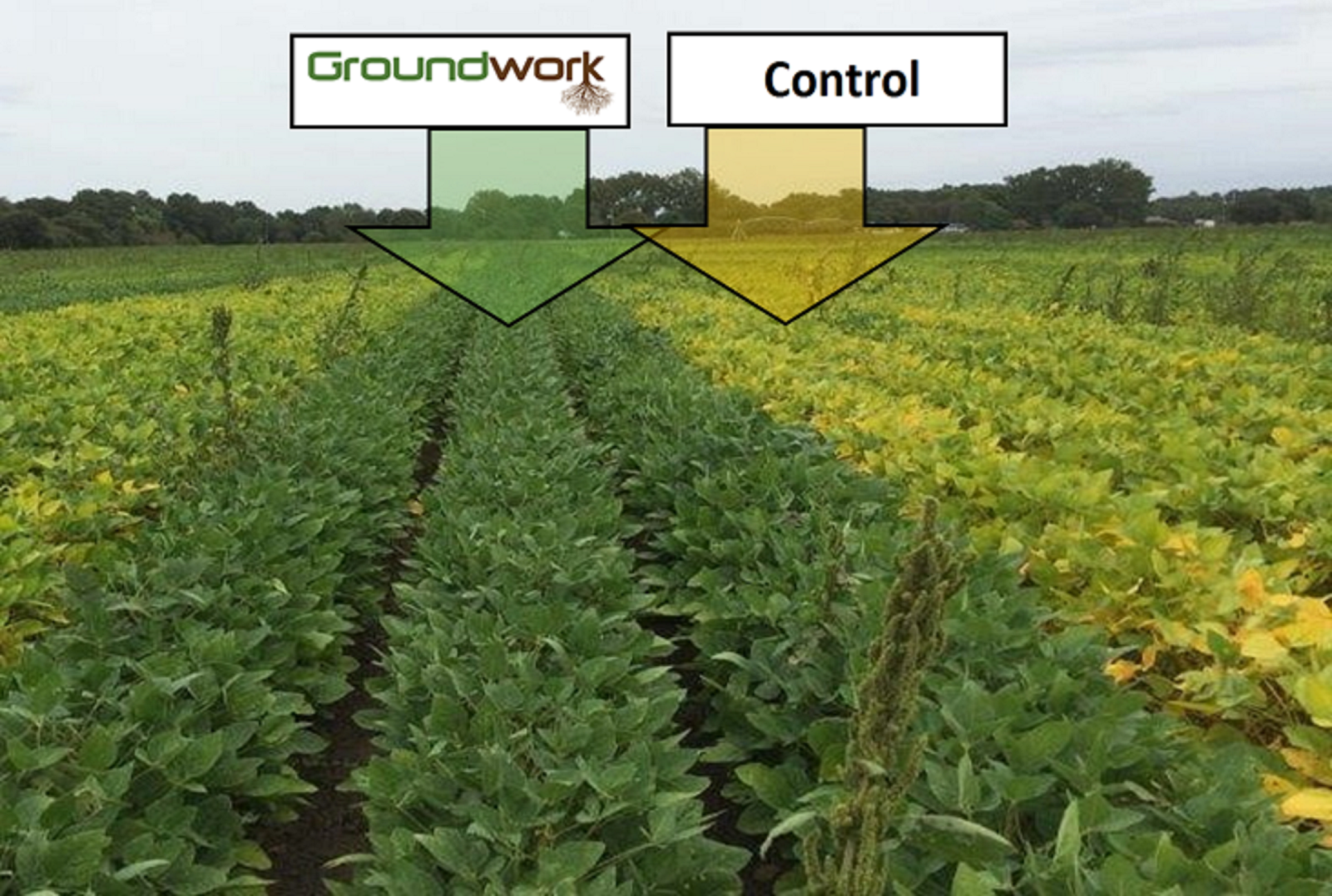The prized fungi known as truffles are fabulously expensive – a four-pound white truffle fetched $61,250 at a Sotheby’s auction last year – mainly because nobody has figured out how to farm this edible, wild mycorrhizal fungus cost-effectively.
The prized fungi known as truffles are fabulously expensive – a four-pound white truffle fetched $61,250 at a Sotheby’s auction last year – mainly because nobody has figured out how to farm this edible, wild mycorrhizal fungus cost-effectively.
However, Israeli agricultural researchers have successfully mass cultivated another form of mycorrhizal fungi as a natural method for boosting plant crop yield and nutrition.
“Simply put, our mission is to cover the world’s arable land with mycorrhiza,” says Groundwork BioAg cofounder and vice president of sales and marketing Dan Grotsky.
Groundwork’s Rootella is a desert-hardy, highly concentrated strain of mycorrhizal fungus that results from 25 years of breeding, research and field trials in cooperation with Israel’s Volcani Institute Agricultural Research Organization.
This “good” fungus extends plant roots by a factor of up to 100, allowing plants to better absorb water and soil nutrients from fertilizers and compost.
“As the plants get more nutrients, farmers get higher yield and that’s what counts most,” Grotsky tells ISRAEL21c. “Secondly, they save on water and fertilizers.”

The process is completely eco-friendly and natural, he adds. “Mycorrhiza exist nearly everywhere in the world, but they’ve been depleted by modern agriculture techniques. We’re not introducing chemicals but rather an organism that is an important part of healthy soil. We are restoring the natural balance.”
Like truffles, this type of mycorrhizal fungus is difficult to produce cost-effectively.
“There are many vendors of mycorrhiza in the world but very few producers,” says Grotsky. “Mostly it’s found in niche markets today for plants that require mycorrhiza to grow well, like corn, sorghum, onions, garlic and cannabis. You’ll also find it in organics and other high-margin crops, as well as turf. We have a perpetual, exclusive, global license for this technology, making Rootella uniquely cost effective so we can compete in mainstream agriculture.”
Corn and soy are the main mega-crops that Groundwork BioAg has in mind. “We see double-digit yield increases in both of these crops, which is unheard of. Last season our product doubled the yield of a soy crop in one of our trials in Ohio, turning a dismal yield into a completely normal one,” says Grotsky.

The company is busily building distribution channels. “We have initial sales in several countries to prove the concept and the marketability of the product,” says Grotsky.
“We are actively looking for distribution partners, those who sell inputs to corn and soy farms in the United States, which account for 180 million acres. You won’t find farmers treating corn or soybean with mycorrhiza today because they can’t get a cost-effective product, but if they could they would.”
The 15-employee company is based in Moshav Mazor, half an hour from Tel Aviv. There it has a farm, greenhouse and lab supported by funding from Israel Cleantech Ventures (ICV), Middleland Capital in Washington, DC, and several private equity funds.
Solving the phosphorus pollution problem
Grotsky says Rootella can help solve a looming problem in commercial agriculture – the depletion of phosphorus, the main ingredient in fertilizer – and an environmental problem caused by the runoff of phosphorus that isn’t absorbed by crops.
“Humankind mines phosphorus like crazy, and after it will peak around the year 2030 we’ll start mining less and less as it gets depleted. Phosphorus eventually finds its way into lakes, streams and oceans, and we’ll have to recycle it or somehow fish it out of waterways or biomass, which is not easy,” explains Grotsky.
Furthermore, destructive blue algae thrive on phosphorus and edge out other plant life in waterways. Because mycorrhizal fungi can access, break down and mobilize otherwise unavailable phosphorus in the soil and bring it more efficiently into the plant’s root system, Rootella could mitigate this environmental danger.
“Phosphorus in fertilizer normally binds with other materials in the soil and becomes unavailable quickly to the plant,” Grotsky explains. “Non-mycorrhizal corn can absorb only 15 percent of the phosphorus fertilizer in the soil, while a mycorrhiza-treated corn plant can absorb about 90%. In our trials, we get higher crop yields using half the amount of phosphorus fertilizer with Rootella over 100% phosphorus fertilizer without Rootella.”
The research behind Rootella was conducted at Volcani in the lab of Prof. Yoram Kapulnik, now chair of the company’s scientific advisory board. One of the lab researchers, Danny Levy, joined with Grotsky and serial entrepreneur Yossi Kofman to found Groundwork BioAg in 2014.
